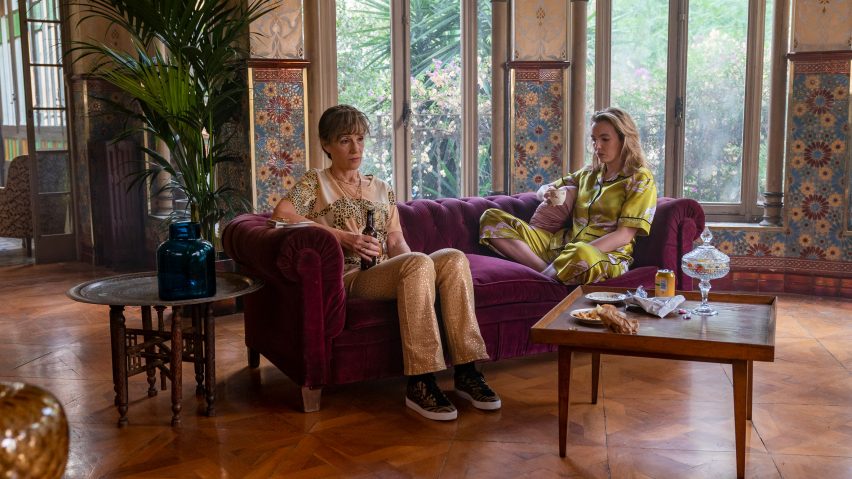
Dressing scenes for Killing Eve was "like finding treasure" says set decorator
Contrasting drab investigator Eve Polastri with decadent assassin Villanelle was key to creating the visual mood for hit TV thriller series Killing Eve, says set decorator Casey Williams.
"Each set is character-led," explained Williams, explaining how set design and location choices were used to express the radically different lifestyles of the two main characters.
"Eve's world is always so lifeless. It's never colourful. It's just a bit boring," she told Dezeen. "This contrasts with Villanelle's world, which is always colourful and exciting and rich and sumptuous."
Dark-humoured, spy-action thriller Killing Eve follows MI5 investigator Eve Polastri, played by Sandra Oh, in her game of cat-and-mouse with psychopathic killer Villanelle, played by Jodie Comer.
Villanelle's vibrant world "feeds Eve's infatuation"
Their obsession with each other grows throughout the series, with Villanelle's lavish backdrops driving the narrative.
"It almost feeds Eve's infatuation with Villanelle," said Williams.
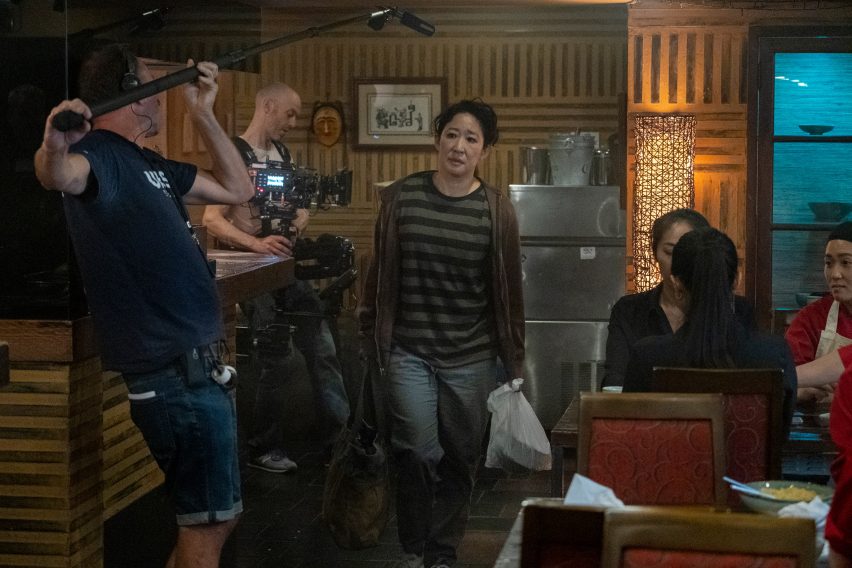
Williams worked alongside production designer Laurence Dorman on the set design for the show, which is now in its third series.
The end of season two saw Polastri abandoned by her husband and left for dead after being shot by Villanelle, after the investigator refused to run away with the killer.
In season three, Polastri takes refuge in a small, dark, cluttered apartment in New Malden, London. Born in the US to a Korean mother, Eve finds work at a family friend's Korean restaurant in the south-west suburb, which has one of the largest Korean communities outside of Korea.
Polastri's sets show her returning "to the womb"
"The idea with Eve is that she's gone back to the womb," said Williams. "She's submerged herself. She's gone back [to New Malden] to hide and to heal."
The apartment was built from scratch, Williams revealed. "It's a tired, old apartment – perhaps it was in the family – that's been a little bit forgotten about, and she's just grabbed her more precious or most needed belongings, probably filled a cab or two and put the rest in storage."
The aim was to create the look of student-like living as if she is "just getting by", said Williams.
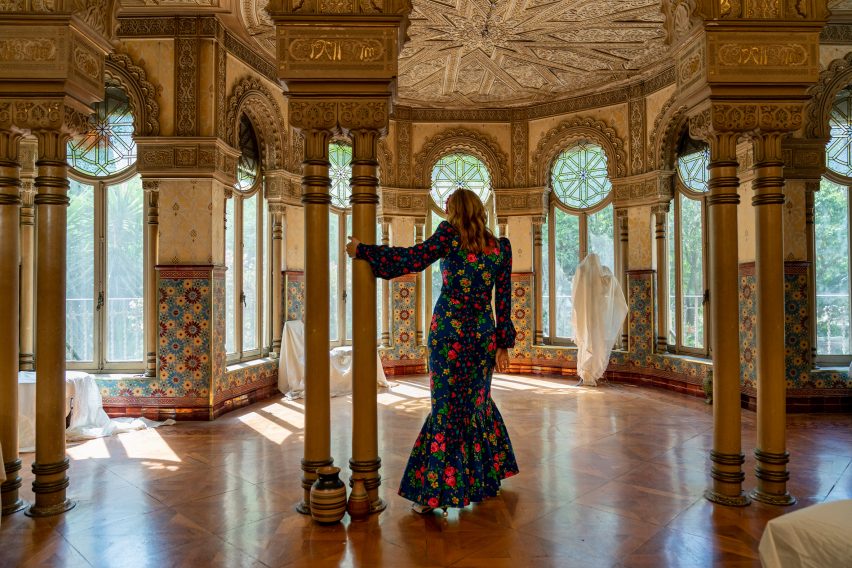
In stark contrast to this is one of the series' most eye-catching dwellings in Barcelona, loaned to Russian-born Villanelle by The Twelve – an organisation that uses assassins to commit murders.
Filmed on location, the lavish Catalonian apartment boasts Moorish-style interiors with colourful decorative glass windows that bathe the rooms in light – another aspect that plays "a huge part" in the choice of site.
"The layout of the location or build is extremely important as this creates the geography of how the scene plays out, so this is a very important decision taken between the designer, director of photography and director."
Williams then takes these rooms as the skeleton of the set and adds texture, colour and shape.
Barcelona apartment was "a dream" to decorate
"For me, this was obviously a dream set to dress," said Williams. "The location was incredible and it leant itself to so much."
"The incredible Catalan, or Modernista, architecture, with its mix of Moorish design with more organic shapes, meant I was able to incorporate an eclectic mix of fine pieces."
"Villanelle also has this childlike compulsion for things that are special – everything she's drawn to has got something about it," she added. "So it was a real pleasure for me."
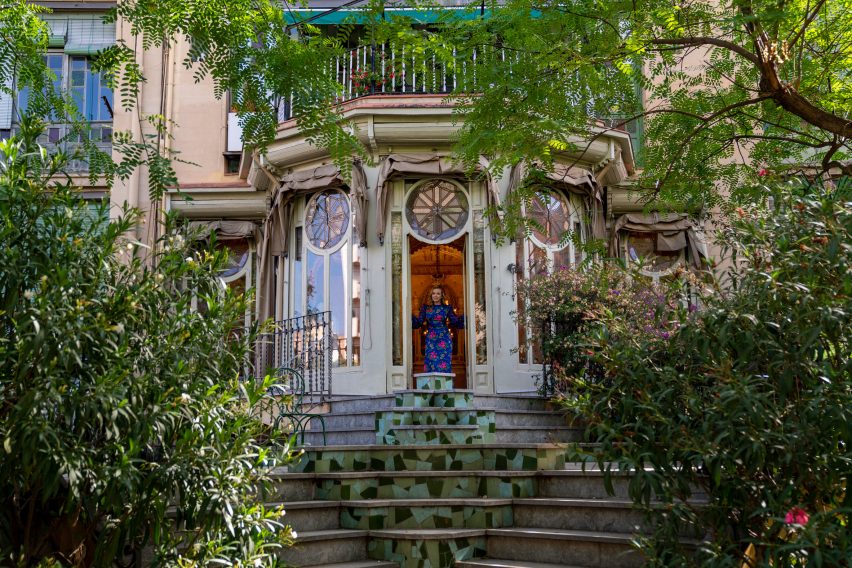
In addition to sourcing furniture locally in Barcelona, Williams also shipped in objects from other locations in Europe, including France and Italy, making sure to use a mixture of high-end pieces and furnishings found in antique shops and prop houses.
"It was never going to be a cheap set on my part," said Williams when asked about the budget. "I have to choose pieces that, if you see them up close, you're going to want them too. The quality needs to read on camera."
"I spent a lot of money in her bedroom," she added, which featured a four-poster bed bought new but adapted to look like an aged, Moorish piece, made up with "posh, Villanelle-esque silky sheets".
"We also used a lot of jewel colours, beautiful fringes, sumptuous pinks – things that are very much in fashion in terms of clothing right now," said Williams. "We tried to bring the aspect of Villanelle's wardrobe into her furnishings."
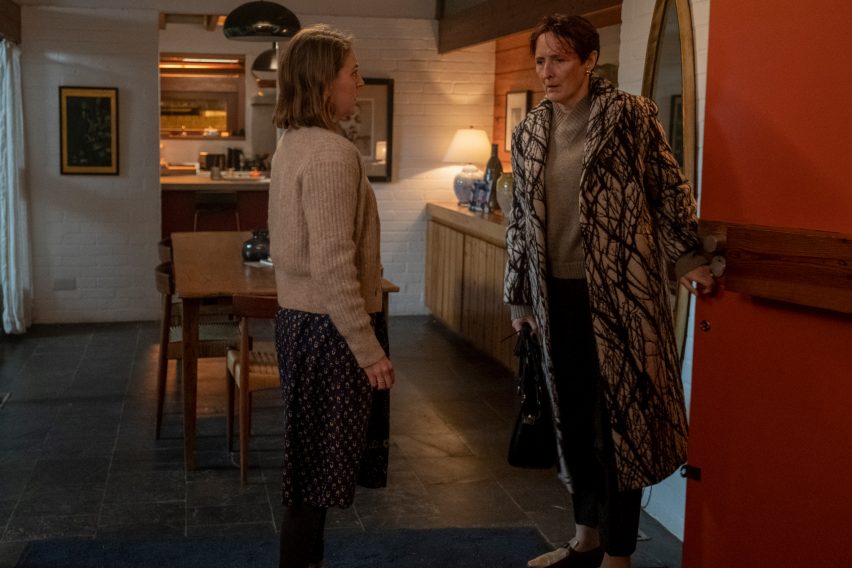
A more restrained opulence was employed when dressing the head of MI6 Carolyn's Modernist home – set in a grade-two-listed, 1960s-style house designed by architect Peter Aldington in Prestwood, Buckinghamshire.
The Aldington-designed Clayton House, also known as Quilter House, contrasts brick, timber and concrete details both on the inside and out. These earthy tones are extended across the interior spaces.
"We gave her this very modern, clean-lined house, but it was important to bring across the slightly more traditional aspects of her character too," Williams explained.
To do this, she mixed modern art and mid-century orange tones with more classic Kilim fabric cushions.
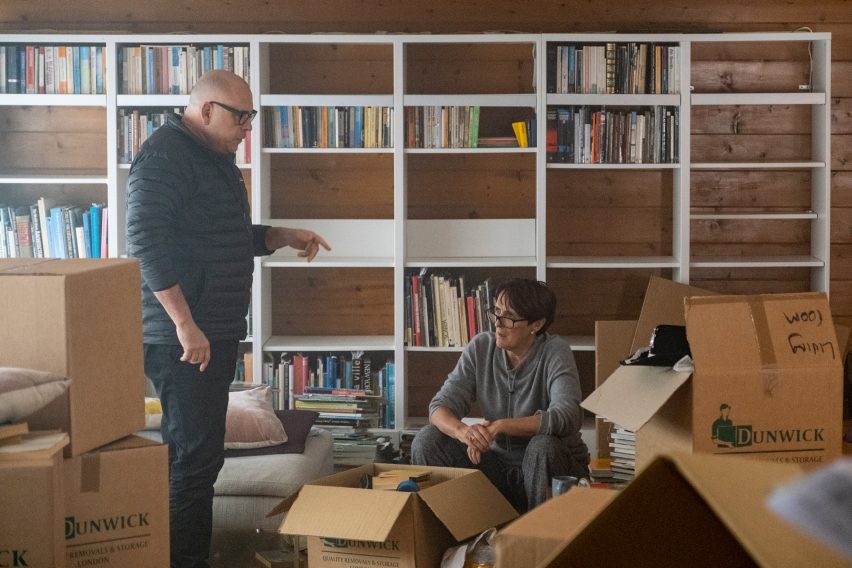
These were just some of the locations in which the series was filmed. One of the biggest challenges for Williams was keeping up with the copious travelling when chasing Villanelle and Eve across the world, from London and Spain to Poland and Russia.
"I was very tired," she laughed. "I think I flew out the country most Sundays to then fly back on the Wednesday... but it was so fun."
It was important not to caricaturise the scenes
One of her favourite sets to dress was Villanelle's family home in Russia, featured in episode five – the exteriors of which were filmed in Romania, while the interiors were built in London.
"It was very important to make sure that we didn't caricaturise that," Williams said. "A lot of people, when they think of rural Russia, they think of old babushka-style ladies with headscarves and frilly clothes. It was not about that."
"With Killing Eve, the whole point is that it's very much based in reality. The socio-economic background of the characters is very important, so it's something we really considered when building and decorating the set."
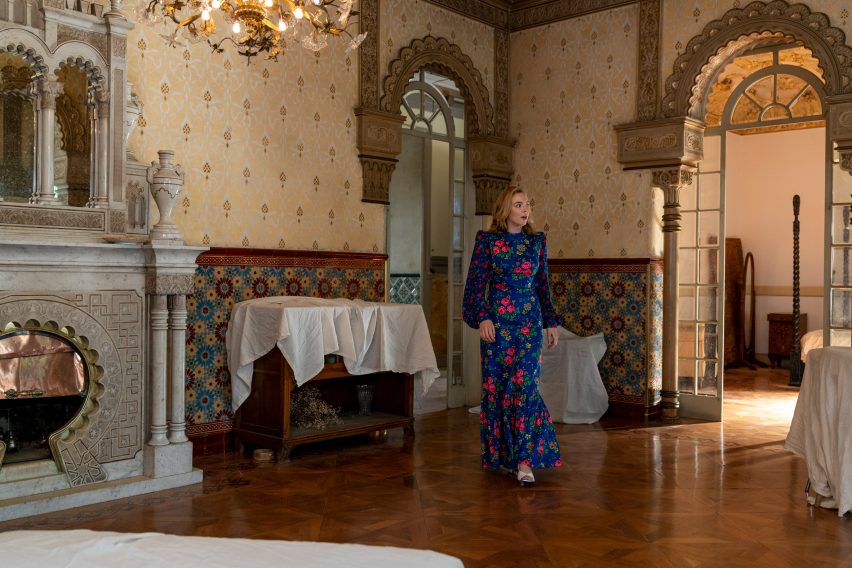
When creating sets that give the impression of being real, lived-in rooms, the devil is in the detail, said Williams.
"I'll be hunting for these tiny visual details that show reality, such as what pot they put their sugar in, how they pin up their curtains – things that show normal people in a normal way."
This involved her taking many trips to post-Soviet countries to find specific wallpapers, flooring and rugs that would convey the Russian surroundings.
Selecting objects for each set was like "finding treasure"
"In the UK, we don't see many Soviet pieces around, so it's just like finding treasure," she said, "because once it's gone, it's gone."
"Obviously we could just find the right type of wallpaper and print it, but it would be so much more complicated. The key is in the textures and the way they reflect light and hold age – the textures are so important."
Released on a weekly basis, the seventh episode of Killing Eve season three airs on 25 May on BBC.
Images courtesy of Sid Gentle and Ian Johnson Publicity.